-
Welcome to Tacoma World!
You are currently viewing as a guest! To get full-access, you need to register for a FREE account.
As a registered member, you’ll be able to:- Participate in all Tacoma discussion topics
- Communicate privately with other Tacoma owners from around the world
- Post your own photos in our Members Gallery
- Access all special features of the site
Understanding our Two-piece Drive Shafts
Discussion in '3rd Gen. Tacomas (2016-2023)' started by Toycoma2021, Aug 28, 2025 at 7:39 PM.


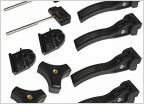 Aftermarket tonneau cover question
Aftermarket tonneau cover question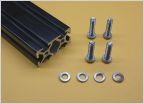 Prinsu rack
Prinsu rack Slow open tailgate broke. IS my part number correct?
Slow open tailgate broke. IS my part number correct?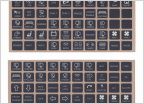 Switchpros control panel swap
Switchpros control panel swap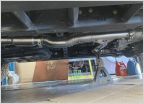 Exhaust Question
Exhaust Question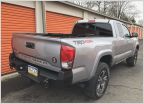 3rd Gen Bilstein 5100 now available
3rd Gen Bilstein 5100 now available










































































